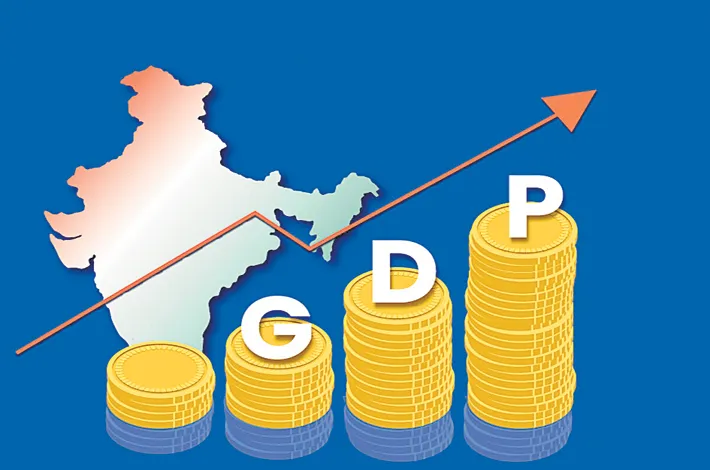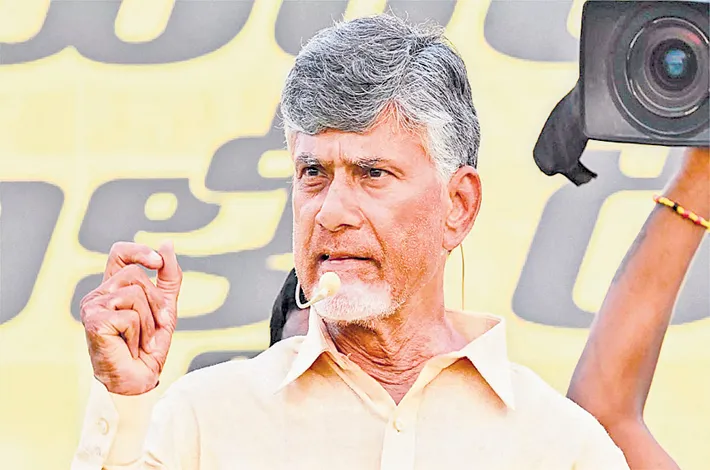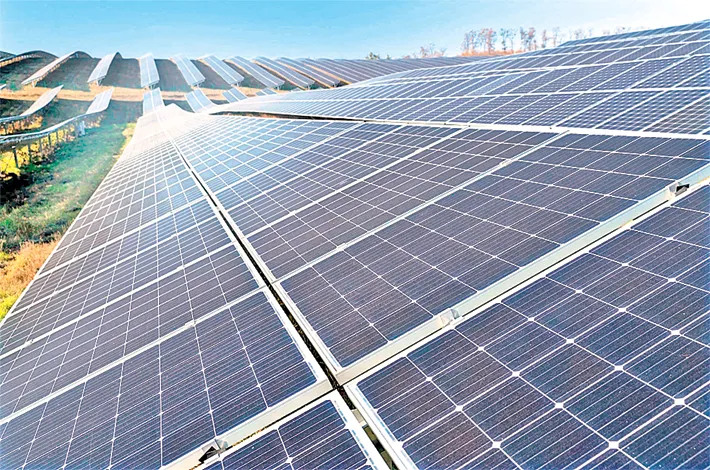India’s Q4FY25 GDP growth surges to 7.4 per cent
04-06-2025 12:00:00 AM

Metro India News | Hyderabad
India’s economy demonstrated remarkable resilience in the fourth quarter of FY25, with real GDP expanding by 7.4% in the January–March period. This marked the fastest quarterly growth in a year, surpassing the Reserve Bank of India’s (RBI) projection of 7.2%. However, despite this strong finish, the full-year GDP growth stood at 6.5%, the slowest since the pandemic years, reflecting a broader loss of momentum.
The sharp acceleration in Q4 was primarily driven by the construction and services sectors, alongside sustained government spending. The construction sector recorded an impressive 10.8% growth in Q4, bringing its full-year expansion to 9.4%. This surge was supported by public infrastructure projects, rising rural housing demand, and increased private investment. Public administration, defence, and other services grew by 8.7%, reflecting consistent government expenditure.
Financial, real estate, and professional services also posted steady growth of 7.8%, both in Q4 and for the fiscal year, buoyed by strong financial intermediation and increased real estate activity. Agriculture, which had remained subdued in previous quarters, saw a notable recovery, growing by 5.4% in Q4 compared to just 0.9% a year earlier.
Gross Value Added (GVA), which excludes the impact of taxes and subsidies, rose by 6.8% in Q4FY25, up from 6.3% in Q3, highlighting broad-based economic expansion. On the nominal side, GDP grew by 10.8% in Q4 to ₹88.18 lakh crore. For the full year, nominal GDP stood at ₹330.68 lakh crore, registering a 9.8% increase. These figures indicate a strong recovery across sectors in both real and value terms.
Domestic demand remained resilient, with Private Final Consumption Expenditure (PFCE) growing 7.2% in FY25, reflecting stable consumer sentiment. Gross Fixed Capital Formation (GFCF), an indicator of investment, rose 9.4% in Q4 and 7.1% over the year, suggesting strong business confidence and a focus on infrastructure-led growth.
India’s economic resilience in the face of global challenges—ranging from trade tensions to elevated interest rates and geopolitical uncertainty—was noteworthy. Government capital expenditure, a revival in rural consumption, and steady performance in services helped sustain growth. Key policy initiatives such as the Production-Linked Incentive (PLI) schemes, Gati Shakti, ONDC, and digital infrastructure development contributed to productivity and competitiveness. A rise in domestic travel and service exports also supported the economy during the quarter.
Despite the strong Q4 performance, challenges persist. The manufacturing sector continues to face global headwinds, margin pressures, and weak external demand, especially affecting MSMEs. Employment generation has not kept pace with output, and youth unemployment remains a concern, particularly in rural regions. Private investment, though improving, has yet to pick up significantly.
Looking ahead, the RBI has forecast GDP growth at 6.5% for FY26, in line with the previous year. Growth is expected to remain concentrated in sectors like construction, public administration, and financial services, with the possibility of a manufacturing revival if global trade stabilizes. India is projected to grow between 6.3% and 6.8%, maintaining its position as the world’s fastest-growing major economy.
Moderate inflation and a relatively accommodative monetary policy may encourage further consumption and investment. A global recovery in trade and capital flows would further aid exports and industrial output. While full-year growth has moderated, the strong Q4 performance reinforces India’s underlying economic resilience and its potential for sustained expansion. With continued structural reforms and prudent fiscal management, India remains on a firm footing heading into FY26.
The World Bank has emphasized that India needs to sustain an average growth of 7.8% over the next two decades to achieve its goal of becoming a developed economy by 2047. However, lingering challenges such as uneven manufacturing growth, subdued private investment, and employment concerns remain key areas requiring policy intervention.
With prudent fiscal management, structural reforms, and a supportive global environment, India is poised for sustained growth in FY26 and beyond. The government and experts remain optimistic about maintaining a steady growth trajectory, with ambitions to push growth rates towards 8% in the coming years.
By Brickwork Ratings Author: Patnaik K H Chief Rating Officer (CRO)








